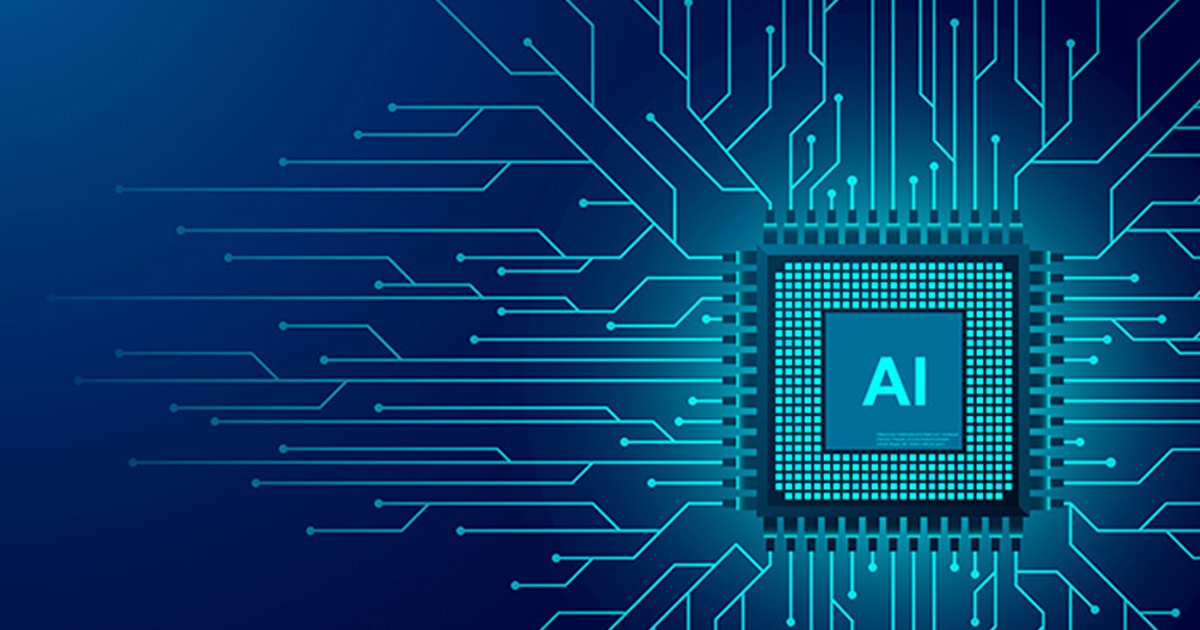With the development of AI and artificial intelligence, AI-based services have been introduced in various industries. As a result, there have been many cases recently where AI has been utilized in places we are not even aware of. Recently, AI has been attracting attention for its ability to predict the future.
It has been said that “no one knows what the future holds,” but is AI about to change that? In this issue, we will focus on whether AI can predict the future and what we should do about it.
Is it possible for AI to predict the future?
AI excels at analyzing large amounts of data that cannot be processed by humans and making predictions based on the results of that analysis. As such technology has developed remarkably, there have been calls for “future prediction” to be possible.
However, this is only possible because of “accumulated past data,” and not necessarily all the future can be predicted. For example, AI can predict with a high degree of accuracy issues such as the declining birthrate, aging population, and population decline. This is because it is possible to collect the necessary data, such as population changes by age group.
However, AI cannot predict with high accuracy those for which no such data exists, or for which little historical data is available. This is because “analyzing a huge amount of data” is a prerequisite for improving the accuracy of AI forecasts.
Moreover, there are countless factors that affect the future of things, and people have countless choices, so it will not be easy for AI to make predictions based on past data. Even if it succeeds in predicting the future once, it must be able to reproduce that prediction over and over again.
Therefore, not only the technology to analyze huge amounts of data, but also “the technology to judge whether the results are inaccurate” and “the technology to pursue reproducibility” will be required.
Serious Sustainability Situation in 2050 Future?
Thus, AI cannot necessarily predict all futures, but according to a Kyoto University research team, Japan has a high rate of serious sustainability situations in 2050. Sustainability refers to the long-term sustainability of cities, regions, forests, fisheries resources, and so on.
In Japan, the rapid increase in the number of impoverished generations is widening the gap, and support for young people and children is also stretched thin. This is likely to lead to the spread of poverty among the younger generation and also to a decline in the birth rate. If this situation were to occur, the population pyramid would collapse, and Japan may not be able to sustain itself in the future.
In addition, according to the World Values Survey conducted by the University of Michigan and other institutions, Japan has one of the highest levels of social isolation (the degree of interaction and involvement beyond family, relatives, and other groups) among developed countries. This high level of social isolation may be one of the factors that have a significant impact on Japan’s sustainability.
So what actions should we take to solve this problem? There are two possible scenarios
Urban Concentration Scenario
This is a scenario in which the Japanese government will be able to pick up the pieces by promoting the concentration of the population in urban areas. However, this scenario is more likely to result in the decline of rural areas, lower birth rates, and lower levels of happiness and healthy life expectancy.
Rural Decentralization Scenario
This scenario is designed to promote higher fertility rates and reduced inequality by decentralizing the population to rural areas. Improvements in healthy life expectancy and happiness can be expected. However, it is undeniable that fiscal and environmental problems may worsen, so it is important to take these measures.
It is necessary to choose one of these two scenarios, and in terms of Japan’s sustainability, the “decentralized scenario” may be considered superior. However, to achieve this, it is essential to revitalize local economies. It will also be necessary to improve public transportation. Taking these actions will probably lead to greater sustainability in the future.
Inaccurate Data Makes AI Predicting the Future Impossible
Although AI is becoming very familiar to us, it is important to understand that AI-based future prediction is by no means perfect. As mentioned earlier, there are countless factors that influence the future.
In addition, AI can make highly accurate predictions only when it is able to analyze accurate information. In some cases, incorrect information may be accumulated, which may lead to erroneous future predictions.
This is why we humans must develop the ability to discern accurate information if we are to use AI to predict the future.
If the future is predicted by inaccurate information, it could even cause many problems, such as the arrest of an innocent person, or the screening of job applications or loans in the wrong way.
Therefore, it is important to understand in advance that “even AI is not perfect” rather than trusting everything in AI, even though it has made remarkable technological progress.
Also, this is not limited to future predictions alone, but it is important to recognize in advance that AI can have a negative as well as a positive impact. While it is true that many benefits can be gained, our human knowledge and skills are still essential to master the use of this AI. It is important for each of us to always remember to think with our own minds when dealing with AI.
